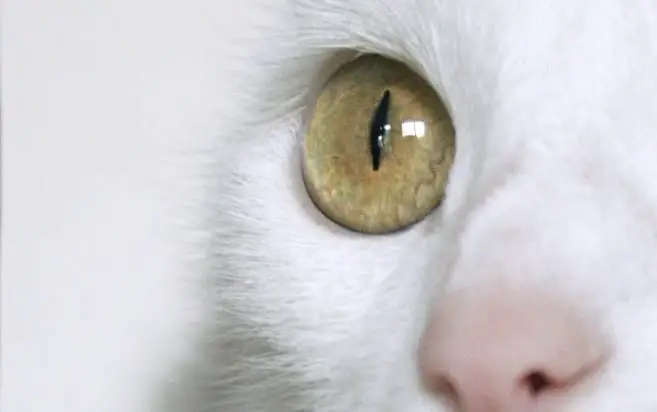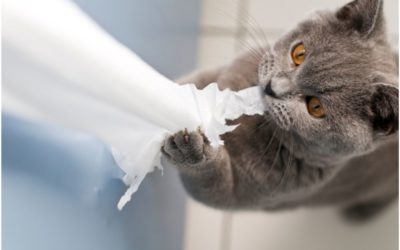If you’ve ever carefully observed the face of a cat, you may have noticed that feline pupils are much different from ours. They have elongated, vertical slits instead of the horizontal ones seen in humans.
A study published in Science Advances by Martin Banks, professor in optometry from the University of California, examined over 200 animals and found that creatures with vertical pupil slits are usually predators that hunt their prey at night by setting up an ambush. The study also concluded that most of the species hunt close to the ground, since their average shoulder height was lower compared to the animals that had horizontal slits.
Ambush-style hunting
These types of predators tend to use the same strategy while hunting: they lie still, hiding in tall grass or bushes, and try to surprise their prey by only showing up in the very last moments. For an animal to successfully hunt with such a strategy, it is vital that their eyes can very accurately assess the distance between them and their prey. A small miscalculation can mean the difference between a belly full of meat and another long, rough day without any food.
In order to accurately assess distance, cats and related species need to be able to keep track of two things; movements in the horizontal plane (which is especially useful when prey is moving from left to right) and depth in the vertical plane (when moving towards or away from you).
Related post: What determines eye color in cats?
Vertical slits help track horizontal movements
As it turns out, the vertical slit is nature’s most efficient solution for keeping track of horizontal movements. An elongated pupil is great for measuring depth. Combine these two and what you end up with is the perfect design for an ambush-style predator: elongated & vertical slits.
But the slits are not always elongated! Cats have really strong muscles connected to their pupils. By utilizing these muscles, the pupil can be stretched out and grow over a hundred times in size, becoming almost completely round. During nighttime (when visibility is very limited), they need this to catch every bit of light in order to see their prey.




